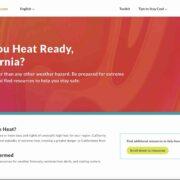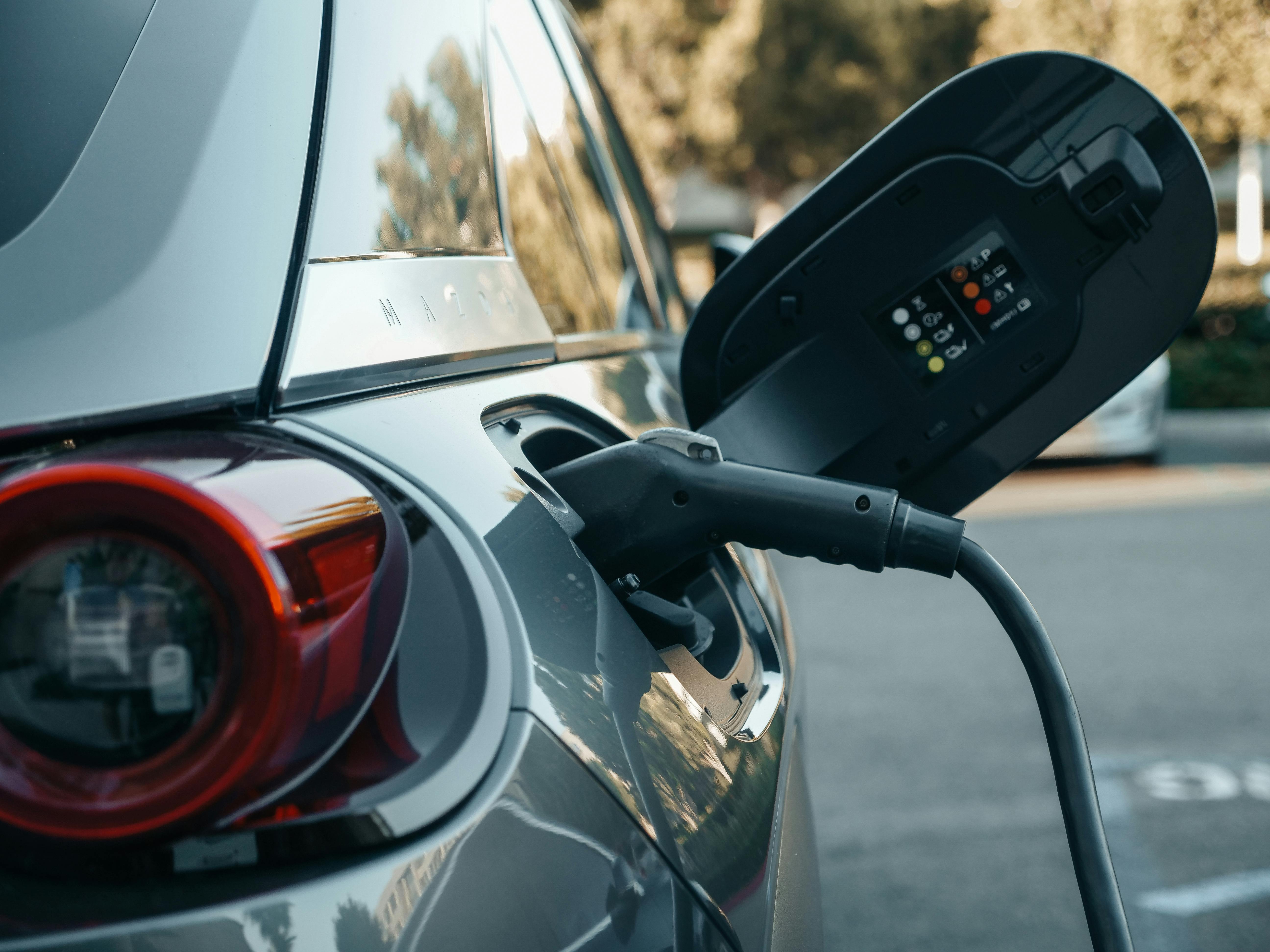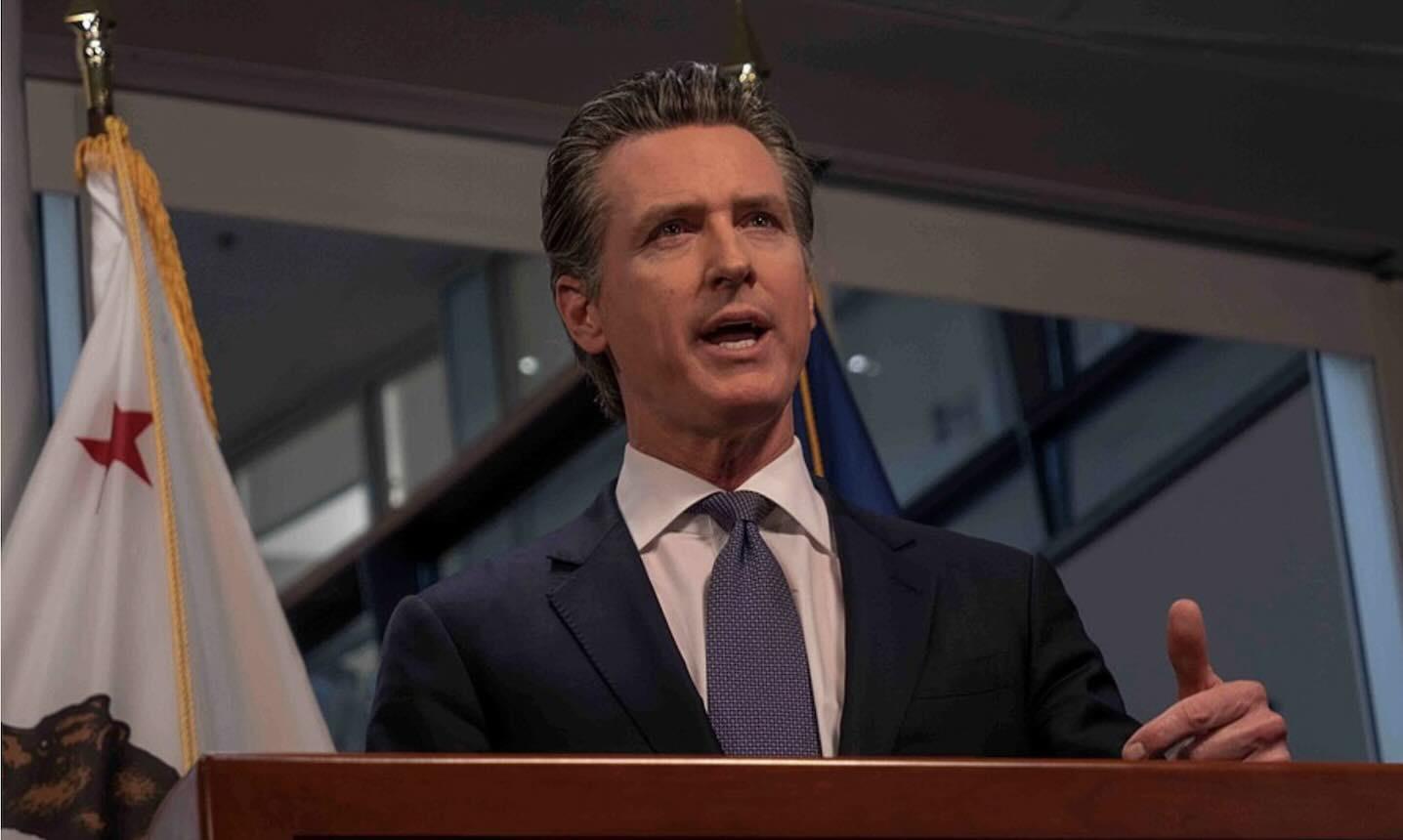Filipinos across the Southland react to triple-digit temperatures
Even as the summer winds down, Californians know all too well that the transition from summer to fall rarely equates to decreased temperatures.
After a record-breaking temperature in July, several areas of Southern California have been experiencing triple-digit heat amid a heatwave that meteorologists say will continue beyond Labor Day Weekend.
“These are not your grandmother’s heatwaves—because it’s getting hotter globally and because of the urban heat island effect and the impact of infrastructure holding heat for longer,” said Braden Kay, who manages the Extreme Heat and Community Resilience program with Gov. Gavin Newsom’s Office of Planning and Research.
As previously reported in the Asian Journal, California’s broad climate plan includes the state’s response to extreme heat, Heat Ready California, which is an “all-of-state-government” approach to protecting Californians.
Heat Ready CA serves as an educational tool for residents on how to beat the heat, but it also lists out statewide plans of action, including creating cooling and shade infrastructure. The plan also mentions a grant program to plant more trees to combat the urban heat island effect, which occurs in urban areas where greenery is sparse and heat-retaining pavement and infrastructure are abundant.
Officials and community leaders encourage all Californians to take serious precautions to avoid the severe effects of extreme heat, which can result in heat exhaustion and heat stroke, whose symptoms include high fever and loss of consciousness. But in some severe cases, especially in people with pre-existing conditions, extreme heat can be deadly.
According to data from the Centers for Disease Control and Prevention (CDC), California last year averaged 4.2 deaths per million, fatalities in which extreme heat exhaustion played a role.
Though the triple-digit temperatures in the most arid areas — like Death Valley and Imperial Valley — are alarming, Kay noted that heat-related deaths often occur at any temperature above 90 degrees Fahrenheit.
The last eight years were the hottest years in the United States, according to NASA metrics recorded since the late 1800s. But Kay reminds residents that heat-related illnesses can occur even when the heat isn’t making headlines.
“There is no question that communities of color are the most impacted in terms of health disparities that are exacerbated by extreme heat as well as heat death,” Kay said, adding that even if you’ve lived in California for years, the crippling effects of extreme heat can still be severe.
Areas of the region that have higher concentrations of communities of color tend to be areas where resources to implement cooling solutions are scant.
“Our bodies are not climatized towards it. We have the critical need to support behavior change and mindset for many people who think their bodies can handle the heat,” Kay said.
Genevieve Sandoval, a Filipina bus driver in the Inland Empire, told the Asian Journal that the extreme heat affects her routes in many ways.
“Passengers are often very irritable, especially if they’ve been waiting outside for the bus for a while,” Sandoval said. “I feel for them because there’s not a lot of shade, and even though it’s cooler once you get in [the bus], it’s still very hot, especially in the middle of the day.”
Sandoval shared that on a recent 107-degree day, her bus overheated, delaying her schedule and causing other passengers to wait longer — a common occurrence in very high temperatures.
Sandoval, who immigrated from the Philippines in 2004, added, “I’m usually used to heat — being from the Philippines, which, as we know, is hot and humid for most of the year — but this dry heat we’re having here is really brutal.”
Josie Fernandez, a Filipino caregiver in Sylmar, said that the elder care facility he works at didn’t have adequate air conditioning for years, which led to lots of patients becoming very sick during the relentless summer months.
“Really hot days can be really tough here, with patients who are already sick getting more easily sick or more easily exhausted when it’s hot,” Fernandez told the Asian Journal. He said that during the COVID-19 pandemic, the facility upgraded the air conditioning, but he still worries about older adults who don’t have the urgency to respond to heatwaves.
Most of Fernandez’s patients are people of color who come from areas of the San Fernando Valley where extreme heat is frequent.
“A lot of these patients didn’t have good air conditioning or ways to keep cool, so it’s scary because it’s only getting hotter every year. There shouldn’t be a building [in Southern California] that doesn’t have A/C or some cooling system,” he said.
Dr. Sharon Okonkwo-Holmes, a doctor of family medicine at Kaiser Permanente, expanded on the effects of extreme heat on older bodies.
“When sweating is not enough, we shunt blood to the skin, to the surface of our bodies. But this is a problem, especially for older folks, because we need that blood in our brains, in our hearts. So if you have hypertension, a history of stroke, diabetes, or kidney problems, it’s really troublesome,” Okonkwo-Holmes said.
For more information about the state’s response to extreme heat or to find solutions to beat the heat, visit https://heatreadyca.com/. (Klarize Medenilla/AJPress)






